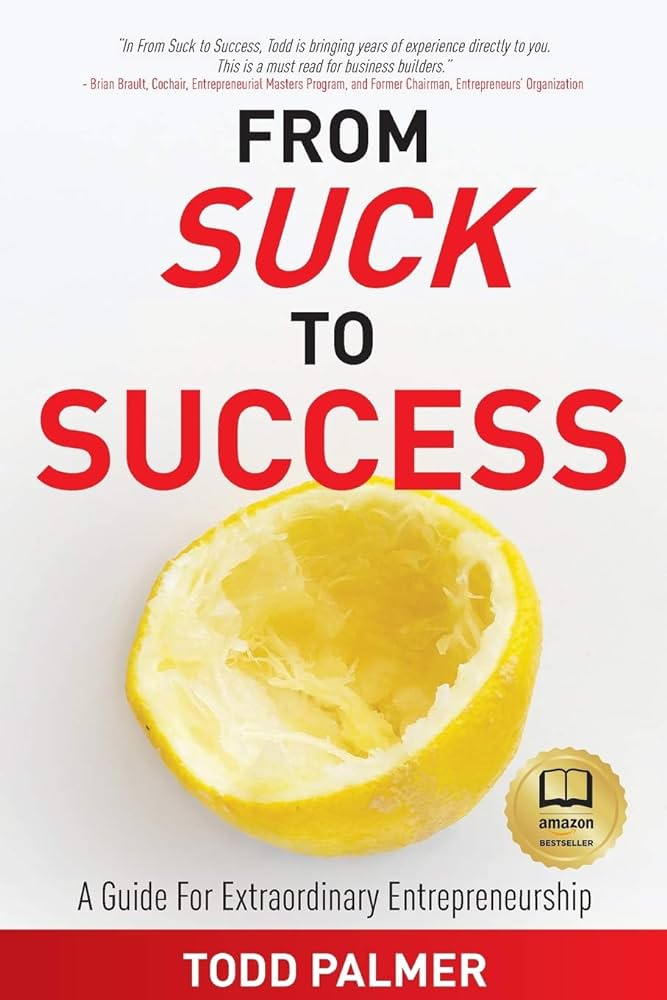Continuing our exploration of psychological safety, I want to focus on a leadership skill that can truly change the game: massive curiosity.
Here’s the thing—curiosity isn’t just about gathering information or asking the occasional thoughtful question. It’s about creating moments where people feel seen, heard, known, and accepted for who they are. When we lead with curiosity, we shift from simply managing people to truly understanding them. And in that space, trust grows, barriers dissolve, and innovation flourishes.
Why Curiosity is a Leadership Superpower
At its core, curiosity fosters connection. It signals to your team that you’re not just invested in results but in them as human beings. And when people feel safe enough to share openly, amazing things happen:
- It sparks engagement. When your team feels your genuine interest, they show up more fully in the conversation—and the work.
- It deepens learning. Asking thoughtful questions uncovers insights that surface-level interactions miss entirely.
- It builds trust. Being curious communicates, “I see you. I value your perspective.” That kind of validation transforms relationships.
- It uncovers root issues. By staying curious, you move past the surface symptoms and get to the real cause of challenges.
Curiosity in Action: Listening to Absorb, Not to Respond
Here’s the truth: curiosity is more than asking, “What do you think?” and stopping there. It’s about diving beneath the surface. It’s about listening—not to craft your reply, but to genuinely understand. I like to call it listening to absorb, staying fully present, and tuned in to the person in front of you.
Let me share a quick story.
In a recent coaching session, I worked with an entrepreneur who struggled to connect with their team. They were in the habit of solving problems for their employees, but they weren’t addressing the real pain points.
When I encouraged them to lean into curiosity, everything shifted. They started asking questions like:
- “What’s challenging you most right now?”
- “What’s one thing I can do to better support you?”
- “What’s behind that frustration?”
Here’s what they learned: their team wasn’t upset about the workload—it was the lack of clarity around priorities that was creating frustration. By staying curious and listening without rushing to fix, this leader empowered their team to co-create solutions. The results? Increased trust, better communication, and a stronger, more motivated team.
Todd’s Playbook: How to Cultivate Curiosity
Curiosity doesn’t just happen; it’s a skill you can develop. Here are some practical steps to infuse curiosity into your leadership style:
- Ask open-ended questions. Swap out simple “yes or no” questions for deeper ones like, “What’s your take on this?” or “How do you see it?”
- Tune in fully. No multitasking. Be present. Make eye contact. Your attention is one of the greatest gifts you can offer your team.
- Pause before responding. Silence can feel uncomfortable, but it’s powerful. Often, the best follow-up question emerges in those pauses.
- Circle back. Show people that what they share matters. Reference past conversations to demonstrate that you’re truly listening and invested.
Your Challenge This Week
Reflect on your most recent team interaction. Did you lead with curiosity, or were you focused on providing answers?
This week, I challenge you to flip the script. In your next conversation, ask more questions than you answer. Watch how the dynamic shifts when you prioritize understanding over solving.
Curiosity isn’t just a tool for better conversations—it’s a pathway to deeper relationships, greater trust, and a thriving team culture. Let’s lean into it together. And when you see the difference it makes, I’d love to hear about it—reach out and share your story.
Here’s to connecting on a deeper level,
Todd




